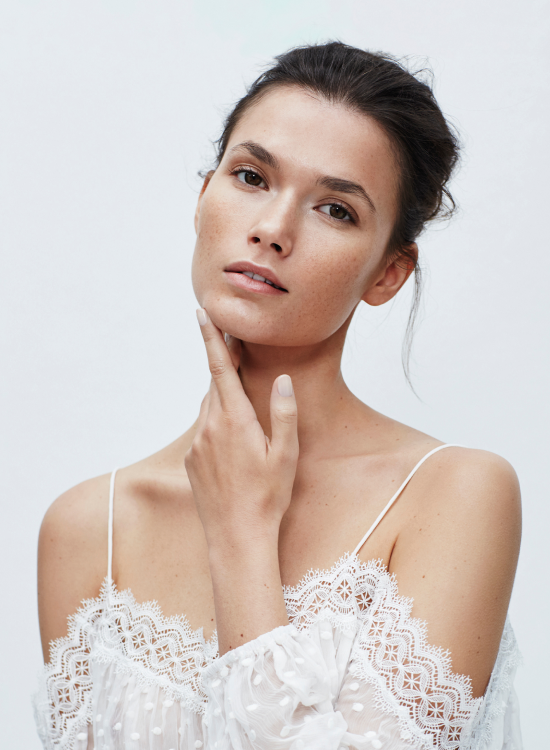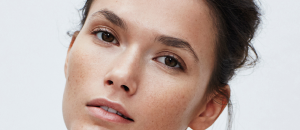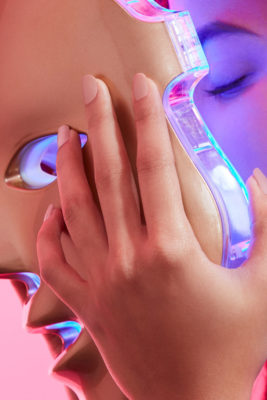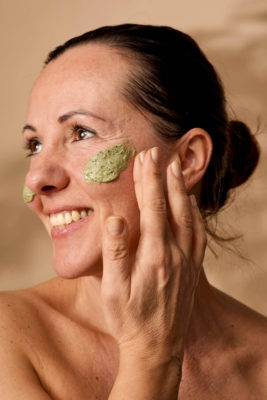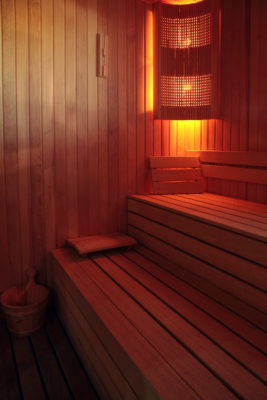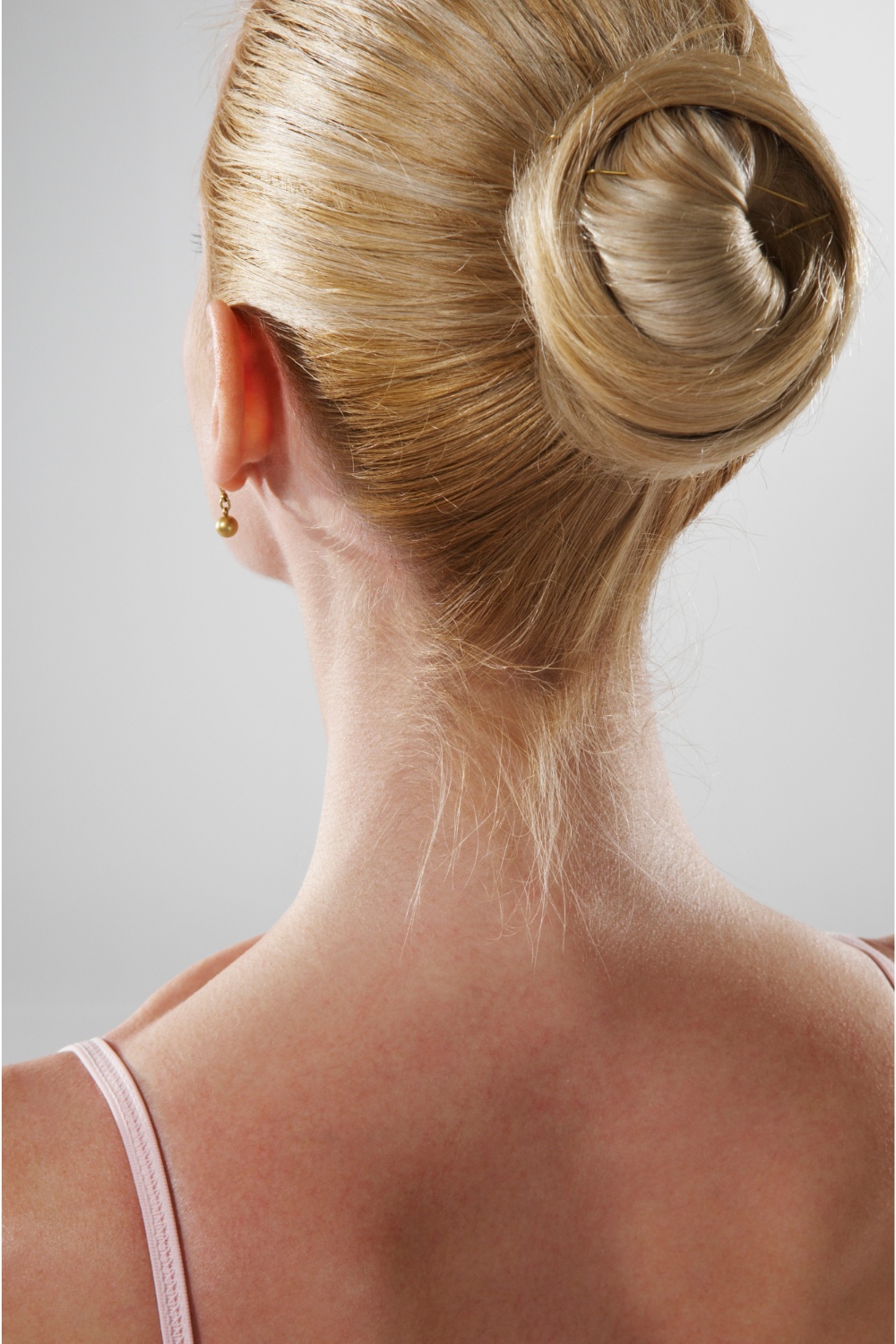
Is Your Slick Back Bun Damaging Your Hair?
By
1 day ago
It may be the style set's go-to hairstyle, but the slick back bun can do more damage than you might think
If there’s one hairstyle that has defined the last decade, it has to be the slick back bun. With its chic, pulled-back appearance and low-maintenance upkeep, the look has quickly become a favourite both in and outside of the salon. But rumour has it that the slick back bun is not all it’s cracked up to be – with some citing root tension, sore scalp and, on some occasions, even hair loss. So how much damage can a slick back bun really cause? We ask the experts.
What Is A Slick Back Bun?
‘A slick back bun is a polished and sleek hairstyle that involves pulling all the hair back and securing it into a bun at the nape or back of the head,’ explains Paula Pop, co-founder of GLAMHAIR Studio. ‘This style is usually achieved with products like gel or something similar to make the hair shiny and smooth.’
Paula tells us that the hairstyle owes much of its recent mainstream success to the small (but mighty) army of celebrities who have jumped on the trend in recent years. From the glam look cultivated by the Kardashian-Jenner brood to the ‘clean girl’ polished style adopted by the likes of Hailey Bieber, Sofia Richie Grainge and Rosie Huntington-Whiteley.
@drjennyliu Clean girl bun yay or nay? @Dermguru and I review #hairtrends2023 #tractionhairloss #tractionalopecia #haircaretips #haircaremistakes #dermatologists #hairthinningsolutions #alopecia ♬ Monkeys Spinning Monkeys – Kevin MacLeod & Kevin The Monkey
What Are The Risks Of Wearing Them Regularly?
But Paula warns that regular wear can spell trouble over time. ‘The use of heavy products and tight styles can lead to hair breakage, particularly around the hairline,’ she says. ‘It can be a bit uncomfortable on the scalp too, and you might find you feel a bit headachy from ongoing tension on the roots.
‘But the bottom line is: if you are repeatedly pulling your hair tight, it can lead to tension and stress on the hair,’ she adds. ‘In more serious cases, this may result in traction alopecia, a form of hair loss caused by prolonged pulling.’
Expanding on the risks of hair loss, Paula tells us that, ‘Wearing a slick back bun occasionally is absolutely fine, but wearing one too often – especially if it’s styled tightly – can cause hair loss over time. Constant tension on the hair puts stress on the follicles, which can lead to thinning or even bald spots in the long run.’
Can You Ever Wear A Slick Back Bun Without Causing Hair Damage?
‘Wearing a slick back bun every now and then is totally fine—as long as you’re careful with how you do it,’ says Paula. The stylist explains that moderation – and healthy hair habits – are key to keeping your hair in the best condition possible. ‘Giving your hair a break on off days and using gentle styling methods can really help prevent any damage,’ she adds. ‘Opt for silk ties rather than rubber bands to minimize breakage; use hair sprays or gels that are alcohol-free and designed for gentle hold; and use a hair clip instead of hair band.’
She also recommends being a bit more experimental with how you wear your bun. ‘Try changing up where you place your bun – high, low, or to the side – so you’re not always putting pressure on the same spot. It’s a simple way to give your hair a break and help prevent damage over time.’
@kathleen.post Stop ruining your hair with the slick backs! 😜 like & follow for more hair tips! #healthyhair #healthyhairjourney #healthyhairtips #hairgrowthjourney #hairroutine ♬ original sound – kathleen.post
Other Measures You Can Take To Avoid Hair Damage
As for other measures you can take at home, Paula suggests:
- Take regular breaks by wearing your hair down for several days.
- Keep your hair moisturised with conditioners and oils as these protect from accessory damage.
- Keep your scalp healthy with regular cleansing and exfoliating. A scalp scrub is an essential part of your haircare routine.
- Regular trims can help manage split ends and encourage healthy growth.
When To Seek Out A Trichologist
But if it comes to a point where the above tips don’t work, then you’ll need to pay a visit to a trichologist (a hair and scalp specialist). Paula tells us the signs to look out for include ‘significant hair thinning, excessive shedding or bald patches.’

